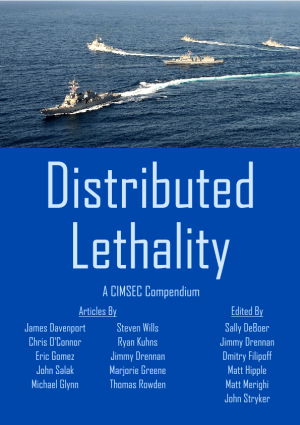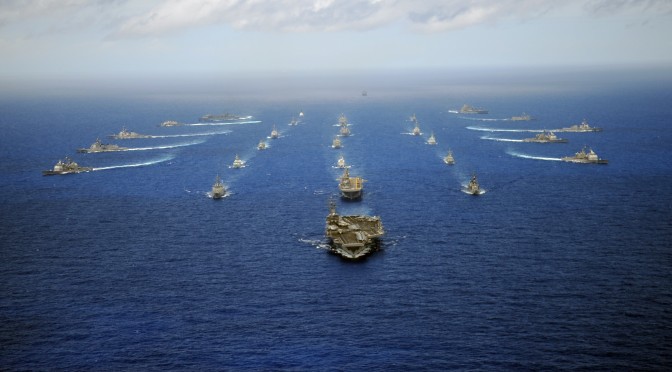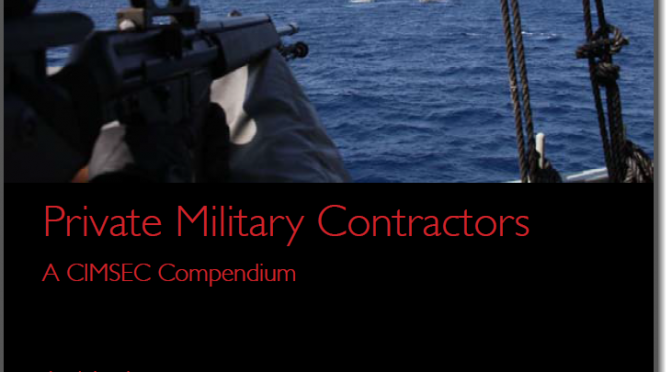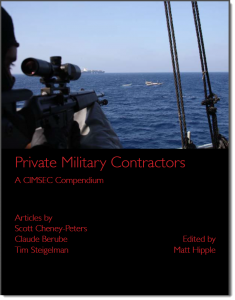Released January 2016
Distributed Lethality is a concept announced by U.S. Navy leadership in January 2015 to explore the warfighting benefits of dispersing surface combatants. CIMSEC launched a topic week in July 2015 to focus analysis on this new concept. This compendium consists of the articles that featured in the topic week.
Authors:
James Davenport
Chris O’Connor
Eric Gomez
John Salak
Michael Glynn
Steven Wills
Ryan Kuhns
Jimmy Drennan
Majorie Greene
Thomas Rowden
Editors:
Sally DeBoer
Jimmy Drennan
Dmitry Filipoff
Matt Hipple
Matthew Merighi
John Stryker
Articles:
Distributed Lethality: A Cultural Shift By James Davenport
Distributed Endurance: Logistics and Distributed Lethality By Chris O’Connor
Distributed Basing: The Key to Distributed Lethality’s Success in the Western Pacific By Eric Gomez
Weaponized Hovercraft for Distributed Lethality By John Salak
Airborne Over-The-Horizon-Targeting Options to Enable Distributed Lethality By Michael Glynn
LCS: The Distributed Lethality Surface Combatant By Steven Wills
Missing an Opportunity for Innovation: A Conceptual Critique of Distributed Lethality By Ryan Kuhns
Distributed Lethality’s C2 Sea Change By Jimmy Drennan
The Role of Swarm Intelligence for Distributed Lethality’s C2 By Majorie Greene
Naval Surface and Mine Warfare Development Center: The Human Element of Distributed Lethality By VADM. Thomas Rowden
Be sure to browse other compendiums in the publications tab, and feel free send compendium ideas to Publications@cimsec.org.
[otw_shortcode_button href=”https://cimsec.org/buying-cimsec-war-bonds/18115″ size=”medium” icon_position=”right” shape=”round” color_class=”otw-blue”]Donate to CIMSEC![/otw_shortcode_button]




